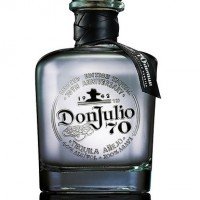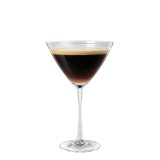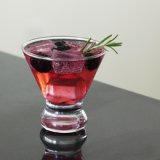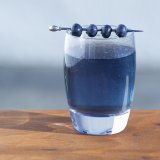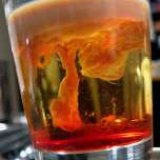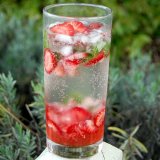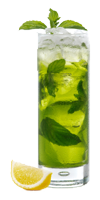We were recently invited to a dinner celebrating the San Francisco launch of the Don Julio 70 Añejo Claro tequila. The Don Julio 70 has been in the works for a while and was launched with two purposes. The first was to celebrate Don Julio Gonzalez’s (the man behind Don Julio) 70th anniversary as a distiller. The second was to introduce the world to a new class or type of tequila—a tequila that has been barrel aged without the wood dominating the tequila’s flavor.
It’s hard to believe that Don Julio Gonzalez has been distilling tequila since 1942. In some ways, 1942 doesn’t seem that long ago and in others, it seems like ages ago (honestly, it’s more like ages ago but sometimes I get stuck in a 1990s time warp). Don Julio has always done things differently, from controlling the growth of the agaves to their harvest and eventual distillation. He lived and continues to live by his mantra, “You can’t change the world by following the crowd.” It was the mantra that helped Don Julio become one of the most popular tequilas in Mexico and now on a global scale.
Don Julio retired after his 60th anniversary in 2002 when he launched his swan-song tequila, 1942. He handed the reigns to Master Distiller Enrique de Colsa whose vision eventually became Don Julio 70. The vision behind the Don Julio 70 was to have a smooth aged tequila that retained the brightness and fresh citrus notes of blanco tequilas.
The Don Julio 70 is a añejo tequila that was filtered using a custom filtration system to extract and minimize the influence of the oak barrels that the tequila rests in before bottling. Añejo tequila must be aged in wood for a minimum of one year and a maximum of three years and Don Julio ages its añejo tequilas for 18 months in used bourbon barrels. As a side note, who doesn’t use used bourbon barrels? They are used to age scotch, tequila, rum—what would happen if the bourbon makers were allowed to re-use their own barrels? The añejo tequila then goes through a proprietary filtration system that minimizes and removes some of the color and the flavors imparted by the used bourbon barrel. While they wouldn’t disclose the exact nature of the filtration system, they did intimate that it was similar to the charcoal filtration system used by rum makers.
We liked the Don Julio 70 and it was an interesting approach to tequila. The magical filtration system did it’s job. Visually, you could see that the Don Julio 70 was much lighter in color than the tequila añejo; it was a pale tan color. The aromas and flavors also demonstrated the success of the filtration system and the oak influence was muted. While I didn’t find the bright citrus and grass notes that I get in blanco tequila, the Don Julio also didn’t exhibit the heavy oak notes that can often be found in añejo tequilas (raisin, caramel, butterscotch, nutmeg, nuts and oak). But there was a happy medium between the blanco and añejo with the Don Julio 70 exhibiting orange, a faint hint of lemon, milk chocolate, vanilla, figs, dates and mild honey.
Try the Don Julio 70 in your favorite cocktail, neat or on the rocks.

